Software Development Tools 101 – A Quick Guide for Designers
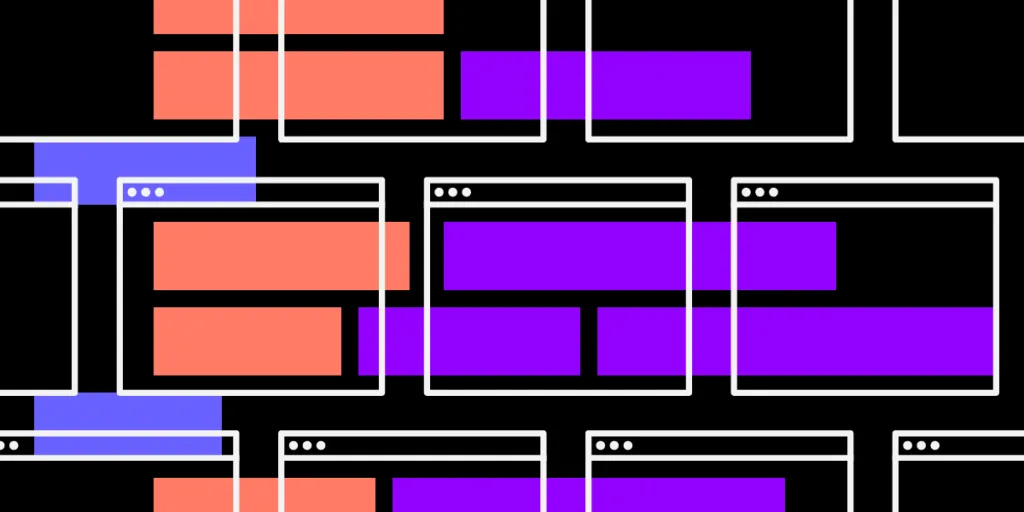
As a designer, learning about software development tools can help improve design projects and find ways to enhance collaboration with engineers. Such proactive approach can also help design projects increase buy-in for initiatives.
A great example is how Delivery Hero’s product team leveraged front-end debt to get buy-in for their Marshmallow Design System. By understanding how engineers develop components and the errors that add to front-end debt, Delivery Hero’s product team presented a business case that stakeholders couldn’t refuse.
We’ve put together a list of 11 software development tools that can help designers collaborate with engineers better–and some of these can improve design processes too!
Table of contents
Streamline product development workflows and enhance prototyping with the world’s most advanced collaborative design tool. Visit our Merge page for more details and how to request access to this revolutionary component-driven prototyping technology.
Common Use Cases for Software Development Tools
There are tons of tools available for engineers. These tools vary depending on the tech stack, workflows, product, organization size, etc. There are several common reasons why engineers use programming tools:
- IDE (Integrated Development Environment) – for writing code
- Development frameworks – React, Bootstrap, Angular, etc.
- Testing – tools to evaluate and correct code errors
- Repository hosting – project hosting, package managers, development tools, etc.
- Automation – task and workflow automation
- Prototyping – UI and component prototyping
Understanding these tools and what they do can help design teams collaborate to find solutions.
11 Common Software Development Tools
1. GitHub
GitHub is a software development management platform allowing engineers to build, host, share, document, scale, and collaborate on development projects. While there are several similar platforms, GitHub is by far the largest and most widely used.
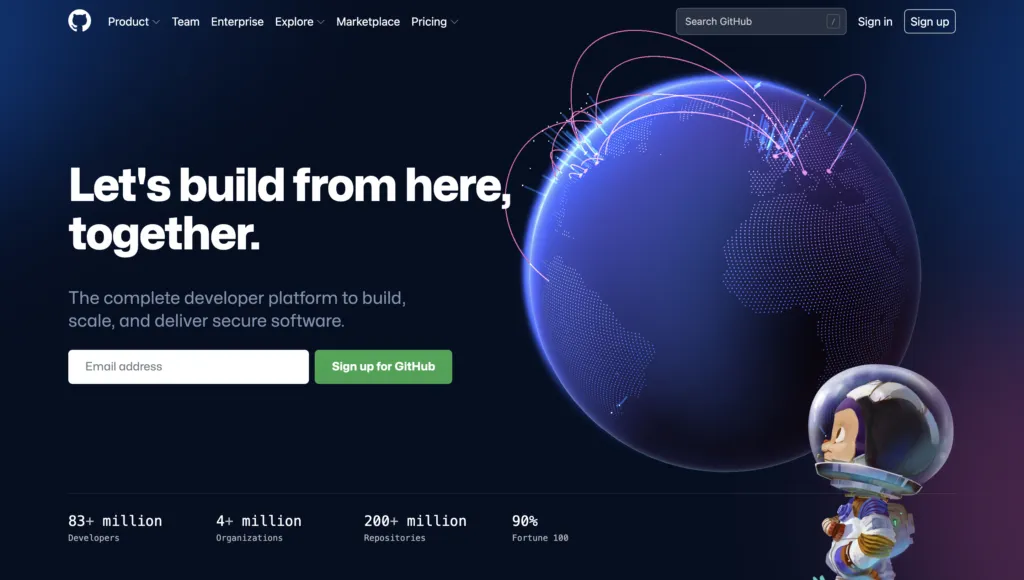
GitHub offers private and public (open-source) hosting for every type of developer, from beginners and hobbyists to experts and multinational enterprise organizations.
While most designers will never use GitHub, it can offer significant benefits to the design process, like component-driven prototyping with UXPin Merge.
Merge syncs a React component library from a repository (like GitHub) to UXPin so designers can use ready-made UI components (the same ones engineers use for development) for prototyping and testing. Visit our Merge page for more details and how to request access.
2. Storybook
Storybook allows software development teams to build UI components and interfaces in isolation. They can also collaborate with other programmers and invite leads and stakeholders to review UI elements before release.
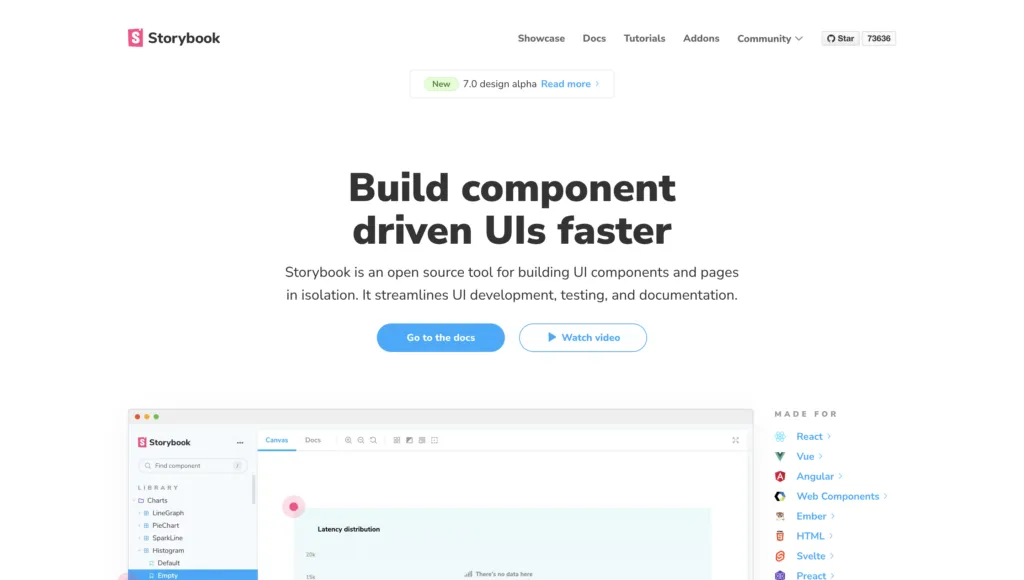
Storybook is an excellent tool for designer/engineer collaboration because it allows developers to share components based on design files.
For example, let’s say your design team builds a new button with multiple states, and you want to know how these will translate to code. Engineers can create the component in Storybook and share a link for designers to preview the button in isolation.
Another significant benefit for design teams is that Storybook integrates with UXPin Merge, allowing designers to import a Storybook component library for prototyping and testing. Where UXPin’s Git integration only works with React, Storybook allows for more front-end technologies, like Vue, Ember, Angular, and more.
3. Jira
Jira is a widely-used project management tool for software development, particularly for agile teams. This crucial DevOps tool streamlines engineering workflows while enhancing collaboration and productivity.
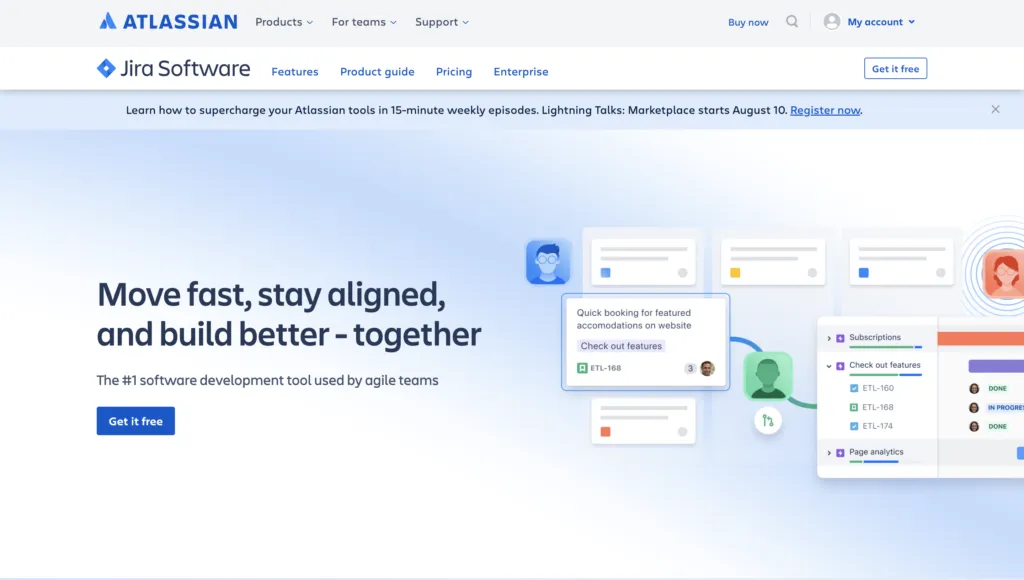
Jira is part of the Atlassian product suite, allowing engineering teams to integrate multiple tools to scale and optimize workflows. It also integrates with the productivity tool Trello to enable organization-wide task and project alignment.
4. BitBucket
BitBucket is another Atlassian product and offers similar features to GitHub, but companies primarily use it for private repositories. The platform is built for enterprise software development, with tools and features to optimize workflows, issue tracking, testing, pipeline management, integrations, etc.
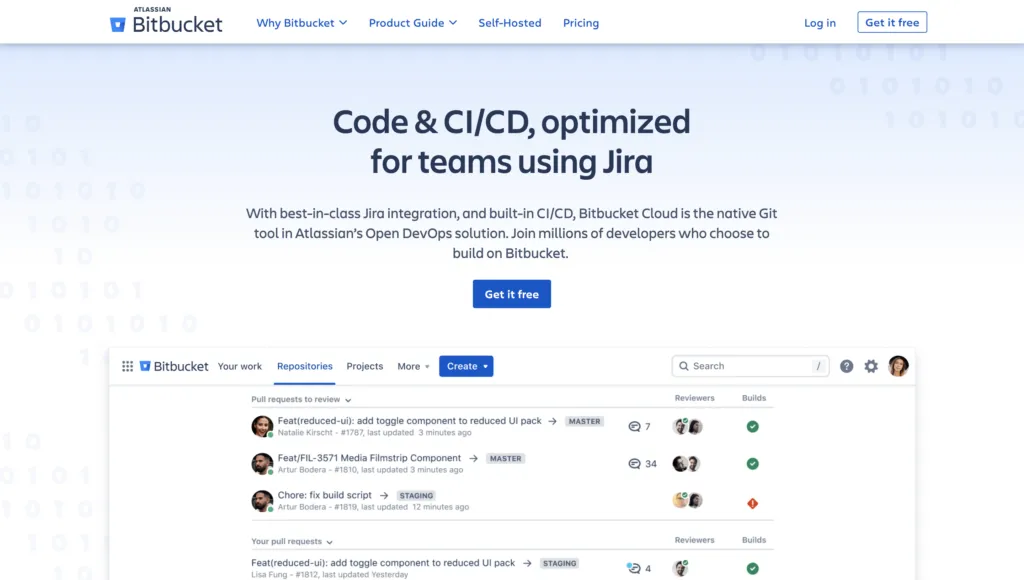
BitBucket syncs with Jira through Jira issue IDs, automating many operational tasks, like updating tickets and notifying cross-functional teams connected via Trello–simplifying DevOps and DesignOps responsibilities.
5. Docker
Docker is a software development tool for developing and deploying web and mobile apps through virtual container environments. Using Docker ensures your application runs the same across multiple operating systems and environments, including iOS, Windows, Android, Linux, etc. If engineers need to change a specific container (like iOS), it won’t impact the other environments.
This cross-platform management solution means the software is system agnostic reducing code while making it easy to deploy and maintain.
The concept of containers can appear complicated for those with limited technical knowledge, so we highly recommend checking out this video from Kyle at TechSquidTV for a foundational understanding of Docker.
6. Visual Studio Code
Visual Studio Code (VS Code) is a popular free IDE (Integrated Development Environment) or code editor from Microsoft. The IDE’s built-in Git (a version control system) allows engineers to connect to source code management (SCM) tools and platforms like GitHub or BitBucket.
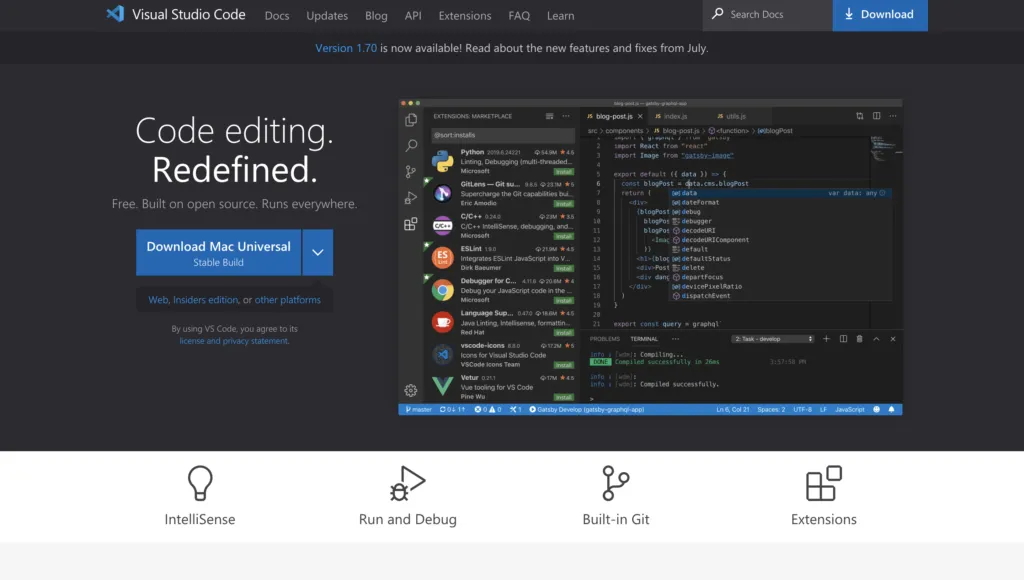
VS Code offers an extensive library of extensions to integrate with other software development tools for many programming languages, including Javascript, Python, Java, PHP, HTML, and TypeScript, to name a few.
7. Microsoft Azure
Microsoft Azure is a cloud software development platform with the tools, resources, and services to build, manage, scale, and run applications.
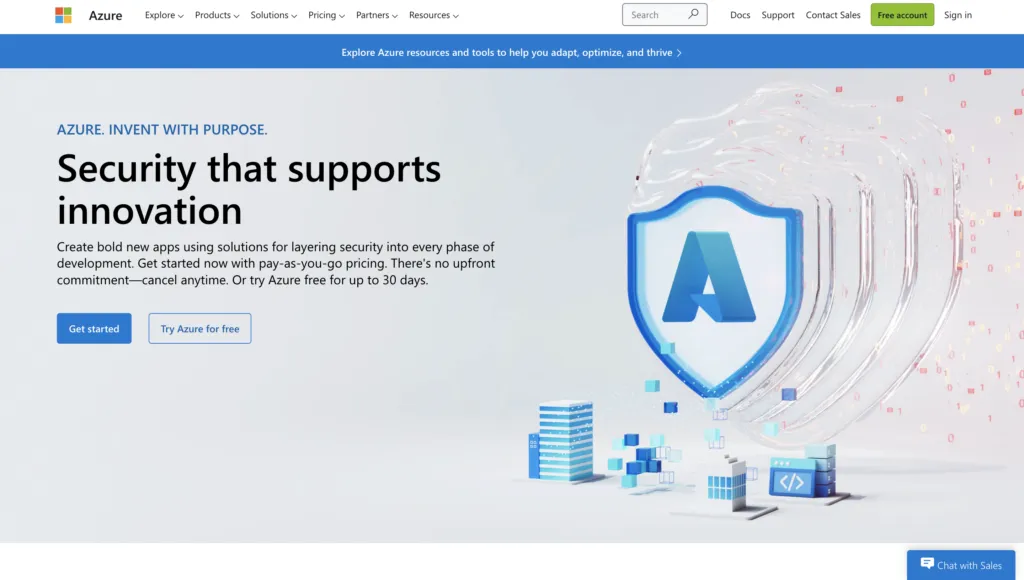
Azure integrates with Microsoft 365, enabling organization-wide collaboration for startups and enterprises alike.
8. GitLab
GitLab is a comprehensive end-to-end product development workspace with tools and services for every stage of the DevOps lifecycle. It also features Design Management–a tool for product, UX, and engineering team members to collaborate on wireframes, mockups, prototypes, and other design artifacts.
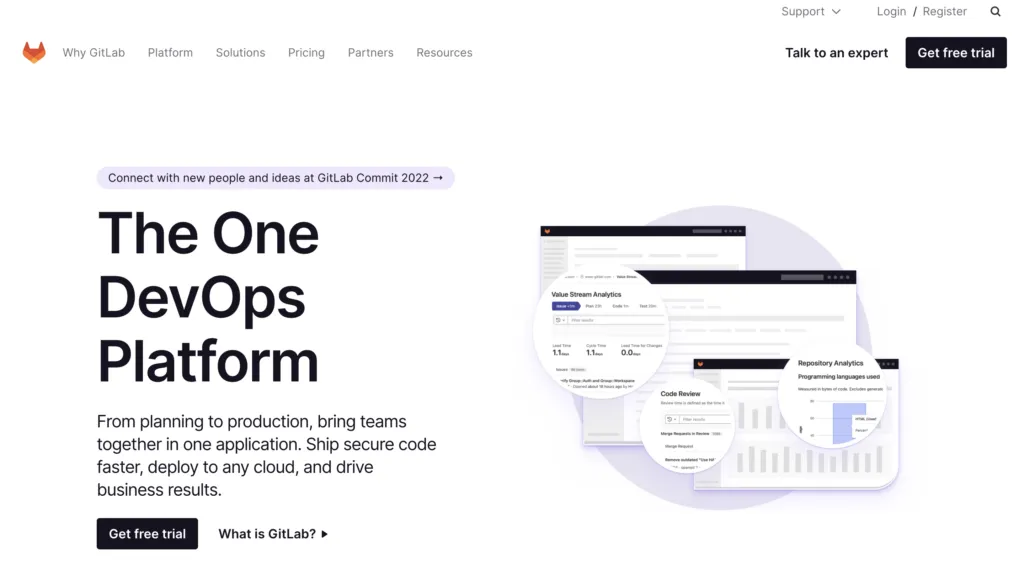
Designers using UXPin Merge will also benefit from better GitLab’s Storybook integration. Engineers can add components to the product’s Storybook, which syncs to UXPin via Merge, streamlining design system component releases and updates.
9. Bootstrap
Bootstrap is a responsive front-end framework engineers often use when prototyping websites and web applications. The framework offers a comprehensive CSS grid system and Javascript plugins for out-of-the-box styling and functionality.
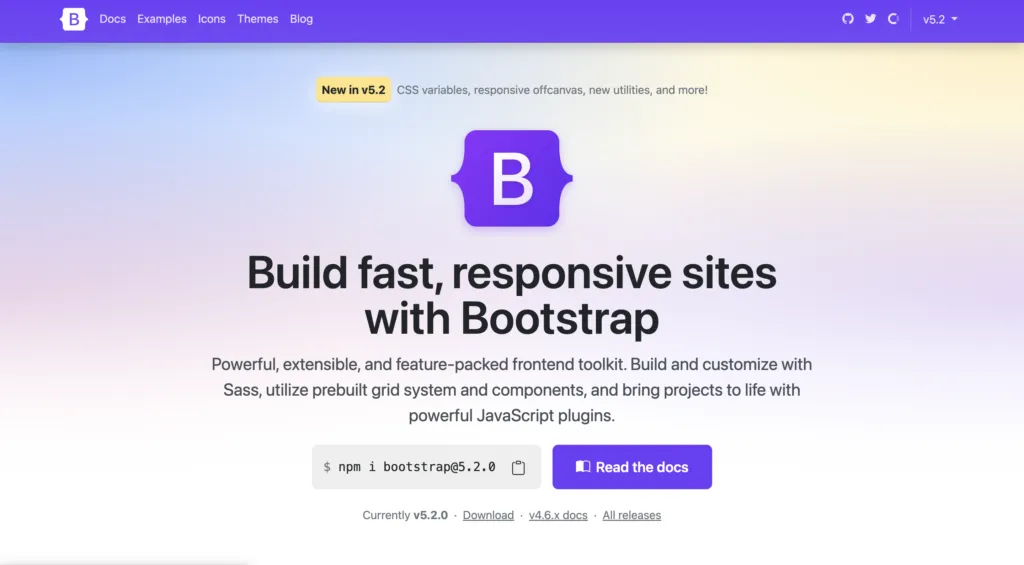
Bootstrap is available as a plugin for many design tools and comes standard with every UXPin plan. UXPin Merge users can take prototyping to another level by importing React Bootstrap components using UXPin’s npm Integration.
These ready-made Bootstrap components allow designers to prototype faster and focus on solving problems rather than designing from scratch. They can hand off designs to engineers who can import the same React Bootstrap npm package and copy JSX changes from UXPin to begin front-end development.
10. Chrome DevTools
Chrome DevTools is a debugging and web page inspection tool for Google Chrome. Engineers can debug Javascript and edit CSS in real time to visualize changes before and after writing code.
Chrome DevTools is relatively easy to use, meaning designers can collaborate with engineers and recommend changes, especially during quality assurance for websites and web apps.
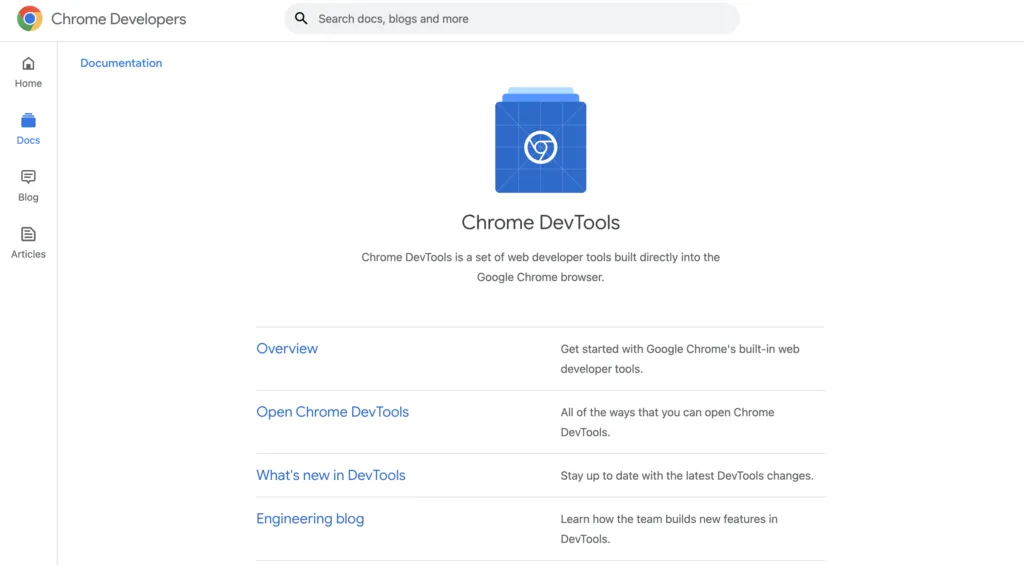
Another helpful feature for designers is the ability to test page load performance, including assets. Designers can identify problematic assets (images, video, etc.) and iterate on alternatives to help engineers optimize performance.
Apple’s Safari browser offers a similar tool called Web Inspector.
11. AWS
Amazon Web Services (AWS) is a comprehensive data storage, content delivery, and developer services platform for websites and digital products. One of AWS’s best features is its vast server network spanning 84 zones across 26 geographic locations–enabling companies to deliver products closest to their customers anywhere worldwide.
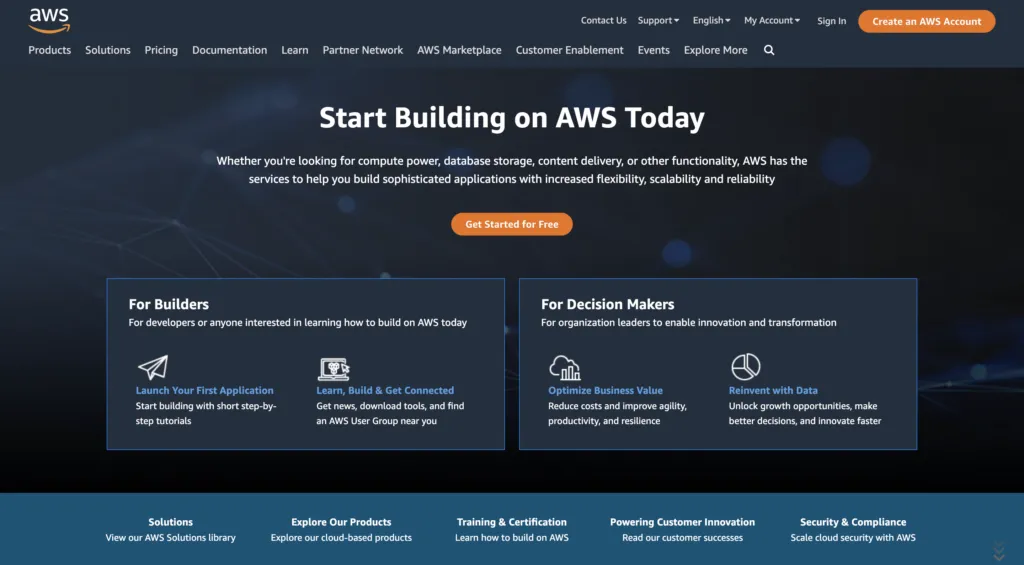
AWS also offers DevOps services and the powerful web-based text editor, Cloud9 IDE, for writing, running, and debugging code. The platform’s pricing plans include the AWS Free Tier for building prototypes while providing startups with an affordable entry to market.
UXPin Merge – The Best Software Development Tool for Designers and Engineers
High-fidelity prototyping is a challenge for designers and engineers.
- Designers: don’t get sufficient fidelity or functionality using design tools
- Engineers: takes too long to build prototypes, limiting what they can test
UXPin Merge allows product development teams to sync a design system from a repository to UXPin’s design editor so design teams can prototype using ready-made components–the same ones engineers use to build the final product.
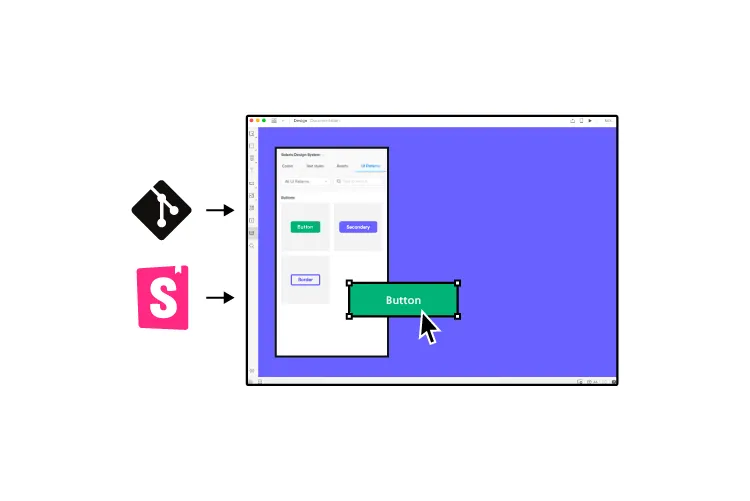
Design teams drag and drop Merge components to build new UIs–allowing them to focus on products and features rather than building from scratch. Merge components are fully interactive with properties defined by the design system, ensuring “baked-in” cohesion and consistency for every prototype.
This drag-and-drop solution is also great for engineers and product teams with limited UX skills and design tool experience. We’ve seen this work for a small startup at TeamPassword and the enterprise level at PayPal.
TeamPassword, a small password manager with no design team, uses UXPin Merge to prototype and test user interfaces before committing to the software development process.
PayPal’s internal product development teams use Merge to prototype and test new products. The UX team has built a design system using Microsoft Fluent, including UI templates to give product teams approved components.
The switch to UXPin Merge was so successful that PayPal’s product teams now build one-page prototypes 8X faster than experienced UX designers could do previously using image-based tools.
Bridge the gap between design and development and design better user experiences for your customers with one of the world’s best software development tools. Visit our Merge page for more details and how to request access.

